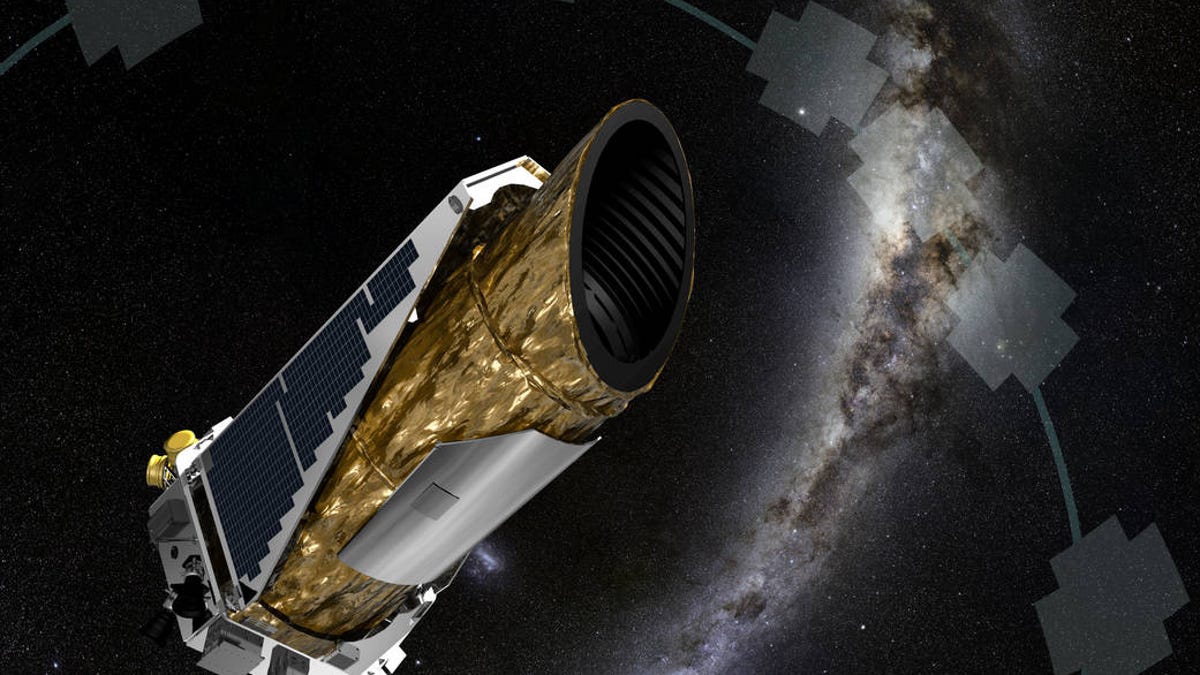NASA's Kepler telescope wakes up, begins hunting for planets again
Waking up before it go-goes, NASA's planet-hunter won't leave us hanging on like a yo-yo as it begins its 19th observation mission.

NASA's Kepler spacecraft continues to surprise.
The most recent update explains that Kepler embarked on its 19th observation campaign on Aug. 29. It was woken from "sleep mode" but one of its thrusters exhibited "unusual behaviour". The short update also states that the the telescope's "pointing performance" may be adversely affected.
The space telescope, originally launched in March 2009, has had a tumultuous year. The team placed Kepler into hibernation in July, as their new planet-hunter, the Transiting Exoplanet Survey Satellite (TESS), began testing for its own mission. The hibernation-like state was to ensure that the data from Kepler's 18th mission, stored onboard the spacecraft, would be able to make its way back to Earth.
That data was successfully downloaded on Aug. 9, as NASA monitored Kepler's health before placing it into sleep mode on Aug. 24.
Kepler's battled before. As NASA explained in March, it has survived its fair share of potential disasters in its nine years, including being blasted by cosmic rays. Back then, NASA estimated that the fuel would run out in a matter of months -- but without a gas gauge, just how much fuel is left on Kepler is unknown. There's a chance that its 19th mission may well be its last, but the little planet-hunter that could just keeps on giving.
In total, the Kepler mission has confirmed the existence of 2,652 exoplanets and 30 of those exist within the Small Habitable Zone, the area of space surrounding a star where a planet could theoretically support a surface of liquid water (and potentially extraterrestrial life).
TESS, which takes the reins from Kepler, and will survey a far greater portion of space, began full operations in August. It has already snapped some wonderful images of the cosmos.
Taking It to Extremes: Mix insane situations -- erupting volcanoes, nuclear meltdowns, 30-foot waves -- with everyday tech. Here's what happens.
Tech Enabled: CNET chronicles tech's role in providing new kinds of accessibility.

